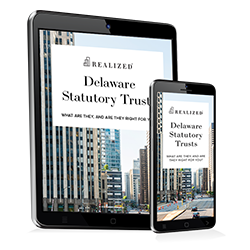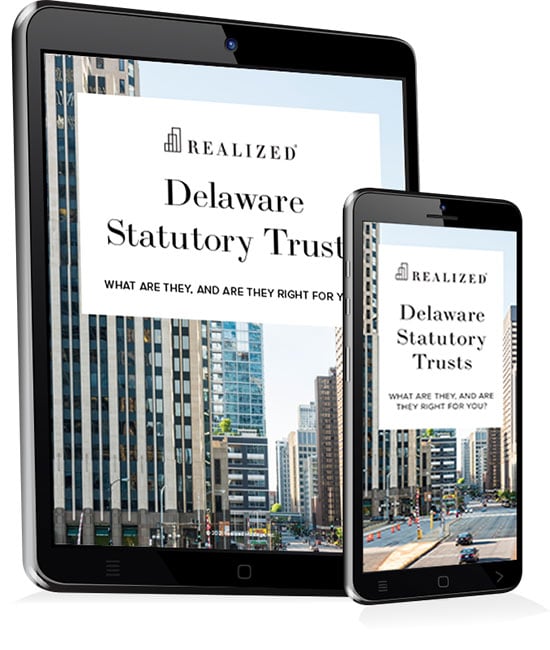If you’re considering investing in a Delaware Statutory Trust (DST), there are some things you need to consider before making the leap. Evaluation of a DST is a unique process because of the DST’s legal and financial structure as a pre-packaged investment. The Sponsor defines the terms of a DST in a Private Placement Memorandum (PPM), which outlines the rights of the involved parties, including the investors, Sponsor, and lender. The PPM also designates each party’s compensation.
When Realized receives an offer from a Sponsor, we evaluate their terms to determine structural risk—the potential pitfalls associated with the legal and financial structure of the offer. Here’s an overview of what we analyze when researching structural risks in DSTs.
Understanding Structural Risk Assessment
Each Sponsor typically outlines an offer in a slightly different manner or with varying terms. That means Realized must analyze each offer individually to determine potential impacts on investor distributions. For example, if a Sponsor elects to cap distributions and the property performs above expectations, investors will not receive the maximum yield.
To help you further understand how we assess structural risk, we’re breaking down the three main components we review as part of our structural risk analysis:
- Upfront fees include selling commissions, additional costs, and the total offering amount to investors. Understanding upfront fees is a key metric in determining whether or not a specific DST is right for you. Realized also examines the premium, which is essentially the amount above the property’s market value that investors are paying to buy into the DST. We then take these figures and compare the fee structure to market averages.
- Sponsor compensation is how much and in what form a Sponsor receives earnings. For this component, we examine whether or not the Sponsor is receiving a disproportionate amount of cash flow relative to the amount of risk they assume. This could determine if the Sponsor is incentivized to maximize investor returns. For example, if a Sponsor receives a large amount of compensation upfront and at exit but little during the whole period, the Sponsor is likely incentivized to shorten the hold period, so they’ll receive compensation earlier. As a result, this type of offering may not be in the best interest of investors.
- The Master Lease has the largest impact on an investor’s annual returns. For each offering, the Sponsor constructs a 10-year projected cash flow statement for the investment. This statement includes projected investor returns. It also outlines what happens if a property overperforms or underperforms. If the property’s actual performance varies from the projected performance, that’s when you see the impact of the Master Lease.
It’s also important to note that some Sponsors make distributions from principal rather than through operations; however, this is most common in unstabilized assets. An unstabilized asset is one that hasn’t received improvements in the last 12 months or hasn’t held an occupancy rate of over 80% in the last year.
Why Risk Assessment Is Important
In addition to helping us understand the structural risk associated with a Sponsor’s offer, the factors above also help us determine ideal Sponsor/Investor alignment, meaning whether or not a Sponsor’s offer will work well to achieve an investor’s goals.
As part of our DST evaluation process, Realized also investigates other real estate risks and property attributes, such as property location, macro and micro economic conditions, interest rates, inflation, and other market trends. This enables us to properly place investors with ideal offers that are poised to perform.

![<span id="hs_cos_wrapper_name" class="hs_cos_wrapper hs_cos_wrapper_meta_field hs_cos_wrapper_type_text" style="" data-hs-cos-general-type="meta_field" data-hs-cos-type="text" >[Webinar Recap] Unique Considerations When Evaluating DST Structural Risk</span>](https://play.vidyard.com/uefRHJgAUs9hUGJgUvBc1K.jpg)



